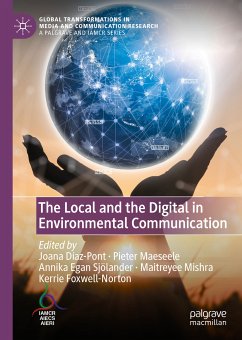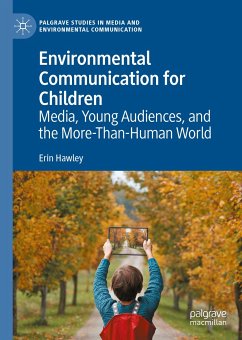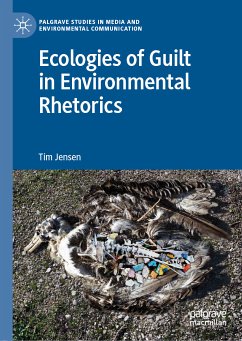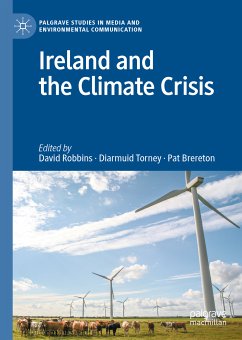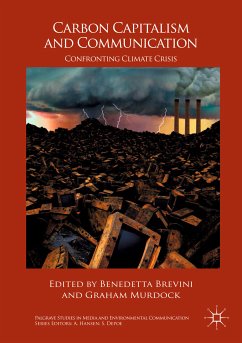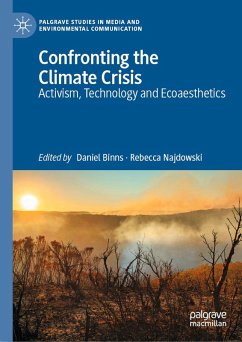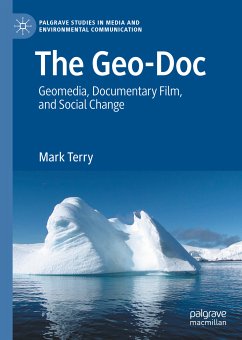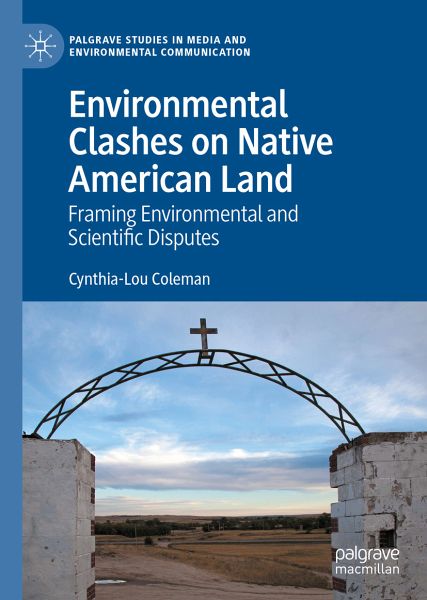
Environmental Clashes on Native American Land (eBook, PDF)
Framing Environmental and Scientific Disputes
Versandkostenfrei!
Sofort per Download lieferbar
52,95 €
inkl. MwSt.
Weitere Ausgaben:

PAYBACK Punkte
26 °P sammeln!
This book explores how the media frame environmental and scientific disputes faced by American Indian communities. Most people will never know what it is like to live on an Indian reservation in North America, or what it means to identify as an American Indian. However, when conflicts embroil Indigenous folk, as shown by the protests over a crude oil pipeline in 2016 and 2017, camera crews and reporters descend on "the rez" to cover the event. The focus of the book is how stories frame clashes in Indian Country surrounding environmental and scientific disputes, such as the Dakota Access Pipeli...
This book explores how the media frame environmental and scientific disputes faced by American Indian communities. Most people will never know what it is like to live on an Indian reservation in North America, or what it means to identify as an American Indian. However, when conflicts embroil Indigenous folk, as shown by the protests over a crude oil pipeline in 2016 and 2017, camera crews and reporters descend on "the rez" to cover the event. The focus of the book is how stories frame clashes in Indian Country surrounding environmental and scientific disputes, such as the Dakota Access Pipeline construction, and the discovery of an ancient skeleton in Washington. The narratives told over social media and news programs often fail to capture the issues of key importance to Native Americans, such as sovereignty: the right to self- governance. The book offers insight into how the history of Indian-settler relations sets the stage for modern clashes, and examines American Indian knowledgesystems, and how they take a back seat to mainstream approaches to science in discourse.
Dieser Download kann aus rechtlichen Gründen nur mit Rechnungsadresse in A, B, BG, CY, CZ, D, DK, EW, E, FIN, F, GR, HR, H, IRL, I, LT, L, LR, M, NL, PL, P, R, S, SLO, SK ausgeliefert werden.



